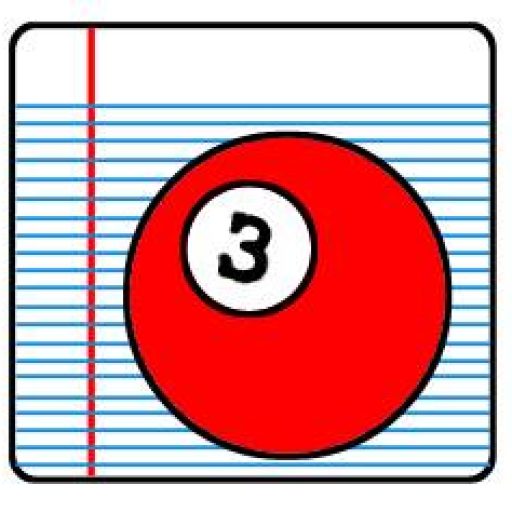“And I used to dream my beliefs would lead me onto barricades with molotovs/but most days they lead me straight to a line at the post office, to send zines to someone behind bars”
— Pat the Bunny, “This City Is Killing Me,” 2016
 In 2005, Johnny Hobo and the Freight Trains, the pseudonym for Pat “the Bunny” Schneeweiss, released his breakthrough split LP Love Songs for the Apocalypse with Mantits. With only slightly more arrangement than Against Me!’s 2001 Acoustic EP (Schneeweiss has twice as many instruments on this as Laura Jane Grace had on her release, which is to say four, and two of them are used for accent), Love Songs is a bare bones approach to folk punk, like if Jello Biafra of the Dead Kennedys was asked to write a Phil Ochs tribute album while trying but failing to quit heroin. In addition to being a fresh take on the style of “angry dude with an acoustic guitar and little or nothing else,” it contained some powerful poetry about conflict both in society and within oneself.
In 2005, Johnny Hobo and the Freight Trains, the pseudonym for Pat “the Bunny” Schneeweiss, released his breakthrough split LP Love Songs for the Apocalypse with Mantits. With only slightly more arrangement than Against Me!’s 2001 Acoustic EP (Schneeweiss has twice as many instruments on this as Laura Jane Grace had on her release, which is to say four, and two of them are used for accent), Love Songs is a bare bones approach to folk punk, like if Jello Biafra of the Dead Kennedys was asked to write a Phil Ochs tribute album while trying but failing to quit heroin. In addition to being a fresh take on the style of “angry dude with an acoustic guitar and little or nothing else,” it contained some powerful poetry about conflict both in society and within oneself.
Schneeweiss and Dylan were two sides of the same coin. Pat got into music because it was political. Dylan got into politics because it was musical. Either way, both epitomized the best of the poetry in the philosophical and political minds of their communities. Dylan embodied the peace movement and white Civil Rights supporters of the 1960s and early 1970s. Pat embodied the anarcho-Marxist community that thrived in crust punk and folk punk in the 2000s and 2010s.
“We aren’t revolutionaries/but we are the revolution,” Pat sings on “New Mexico Song,”
Pat’s formal education was shorter than even Dylan’s modest academic career, having not even finished high school. Still, his exposure to political texts began at an early age. We can obviously infer this from the “On Ballots And Barricades” lyric “Things will never be as simple as when I was 12 years old, reading Karl Marx in my bedroom alone,” but we get greater insight from this excerpt from Mark Bouchard’s interview with Schneeweiss, published in his paper “The Modern American Anarchist: More Method Than Madness.”
“A junior high teacher gave me a book called “Post-Scarcity Anarchism” by this guy Murray Bookchin …reading that was the beginning of me changing the way that I thought about politics and ultimately arriving at anarchism.”
Joan Baez said in her opening remarks to Bob Dylan’s performance at the Newport Folk Festival 1963 that people don’t turn to leaders to meet their needs, but that leaders emerge based on the needs that people have. From this we can see that it was not Pat the Bunny’s lack of poetry or genius that prevented him from being a success, but rather that his politics weren’t aligned with the needs of the Bush-era culture.
It is impossible to know what Pat would’ve been like in the folk revival. Both the influences of his political beliefs and his musical style are formed by events and movements during or after the 1980s and 90s. However, if somehow his music, particularly Live the Dream or the Ceschi split, had been created exactly as it is now and had been released in 1967, it would have been met with much more success than it met when it came out in our time.
Elizabeth von Teig is a musician and author living in Brighton, Massachusetts. Her expertise is classic rock, folk punk, and the blues.









Elizabeth’s essay is insightful and helpful, showing us how the social environment of the moment affects the audience ‘s response to an artist. Thanks for shedding the light.